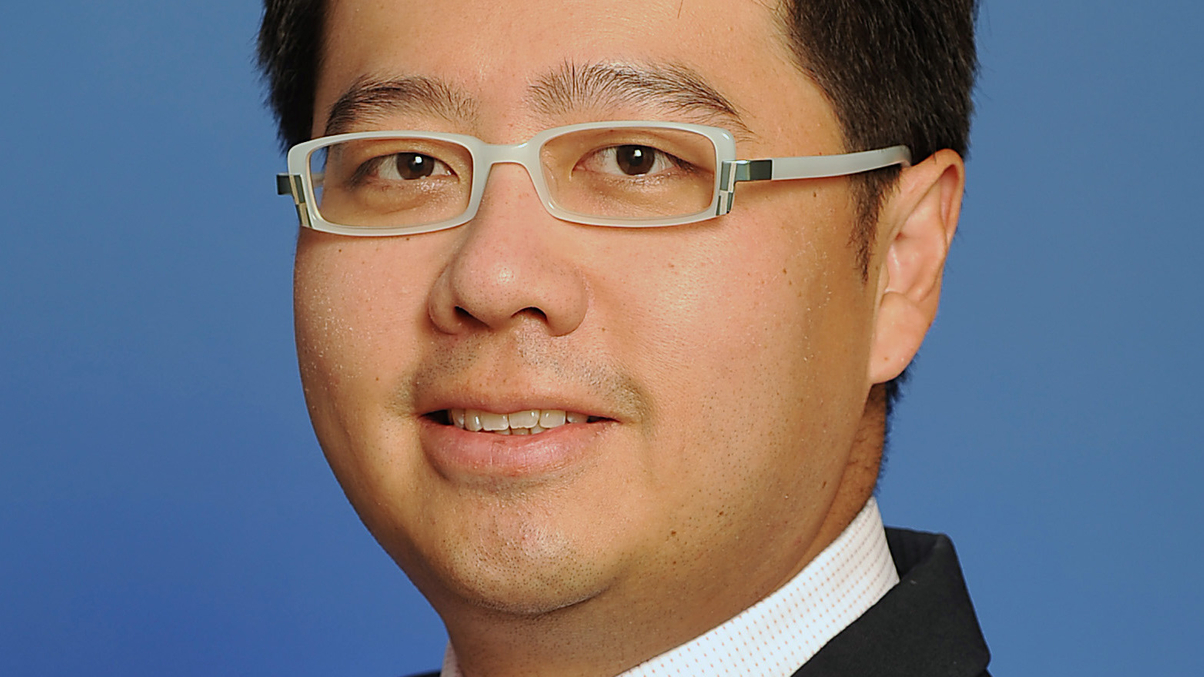Fullerton trading head backs global oversight of HFTs
Darren Tay, who runs the dealing desk at the Singaporean fund house, outlines some of his concerns, including market fragmentation and changing market microstructures.

In light of the volatile markets of the past few quarters, Fullerton Fund Management's dealing team has been spending more time looking at behavioural finance and argues that global rules for high-frequency traders are needed.
Sign in to read on!
Registered users get 2 free articles in 30 days.
Subscribers have full unlimited access to AsianInvestor
Not signed up? New users get 2 free articles per month, plus a 7-day unlimited free trial.
¬ Haymarket Media Limited. All rights reserved.


